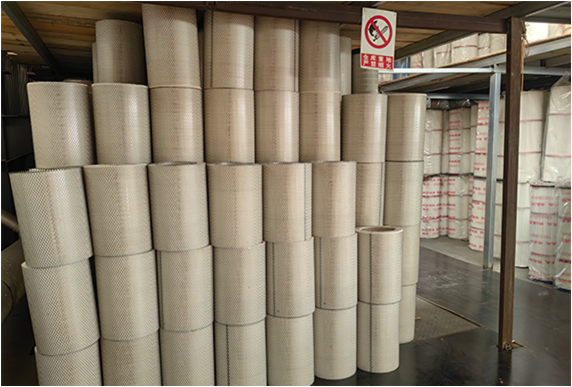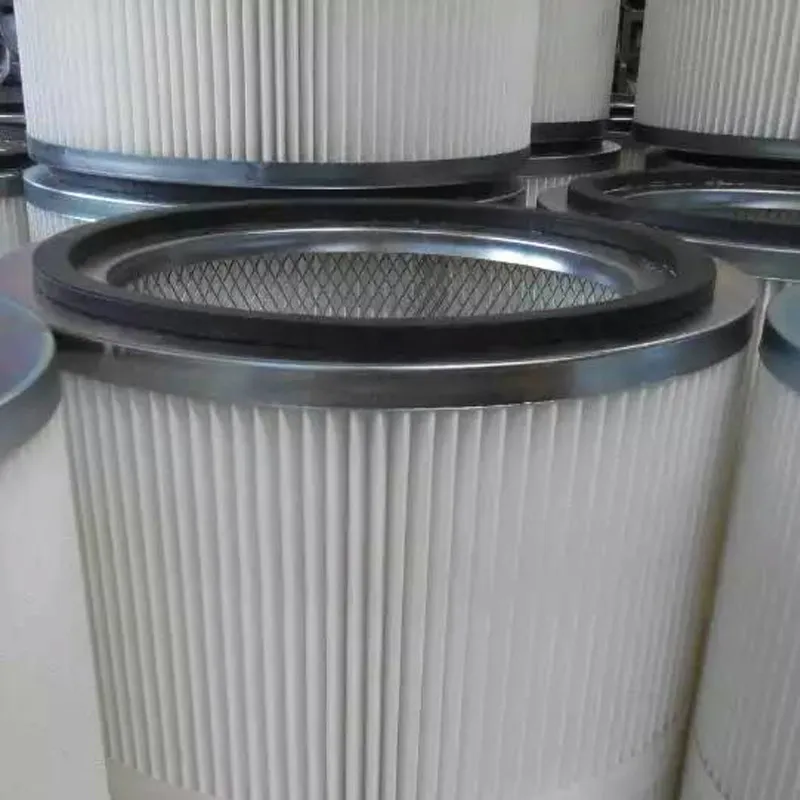 Tel:
+8618931101301
Tel:
+8618931101301
8 月 . 15, 2024 14:10 Back to list
Efficient Cartridge Dust Collection Systems for Cleaner Industrial Environments and Enhanced Air Quality Solutions
Understanding Cartridge Dust Collector Filters
In various industrial operations, maintaining air quality is paramount for both health and compliance with environmental regulations. One of the most effective solutions for capturing airborne particulates is the cartridge dust collector filter system. Recognizing how these systems work and their significance can elevate not only workplace safety but also operational efficiency.
What are Cartridge Dust Collector Filters?
Cartridge dust collector filters are integral components of dust collection systems. They consist of a cylindrical filter media housed within a framework designed to effectively capture dust and other particulates from industrial processes. These filters are typically made from synthetic materials, fiberglass, or other specialized textile fabrics that allow for efficient airflow while minimizing pressure drops.
The design of cartridge filters differs from traditional bag filters, making them an increasingly popular choice in various sectors, including woodworking, metalworking, pharmaceuticals, food production, and many others. The compact nature of cartridge filters allows for higher dust loading capacity while requiring less space, making them ideal for facilities with limited floor space.
The Working Principle
The working principle of a cartridge dust collector is based on the collection of particles as air passes through the filter. The air enters the collector, and heavier particles drop out due to gravity. Lighter particles are trapped within the filter media. Over time, as more dust accumulates on the filters, a pressure differential is created, which can affect the efficiency of the collector.
To maintain optimal performance, most systems incorporate an automatic cleaning mechanism. This is commonly achieved via periodic pulse jet cleaning, which blows a burst of compressed air back through the filter to dislodge accumulated dust. This cleaning operation ensures that airflow remains consistent and that the filters do not become clogged, thus prolonging their lifespan.
cartridge dust collector filter

Benefits of Cartridge Dust Collector Filters
1. Efficiency and Performance Cartridge filters possess high dust capture efficiency, often reaching upwards of 99.9% efficiency for particles larger than 0.3 microns. This high-level filtration ensures a cleaner workplace and contributes to enhanced product quality.
2. Reduced Footprint Their compact design means they require less floor space compared to traditional dust collection systems. This efficiency in design allows for effective air quality management without sacrificing production space.
3. Easy Maintenance Cartridge filters are generally easier to service compared to traditional systems. Many designs come with modular components that can be replaced or maintained without extensive downtime, ensuring continuous operation.
4. Cost-Effectiveness While the initial investment can be higher than other systems, the durability and high efficiency of cartridge filters often result in lower long-term operational costs. They generally require less energy to operate while ensuring compliance with air quality regulations.
5. Versatility Cartridge dust collectors are versatile and can be utilized in a range of applications, from heavy manufacturing to more delicate tasks in the pharmaceutical and food industries, adapting to various types of particulates.
Conclusion
In the world of industrial manufacturing and processing, the significance of maintaining a clean and compliant air environment cannot be overstated. Cartridge dust collector filters represent a vital part of this effort, offering efficiency, space-saving designs, and superior air quality management. As industries continue to evolve and prioritize health and safety, investing in advanced dust collection technology is not just a regulatory requirement but also a strategic move towards enhanced productivity and environmental responsibility. Understanding the features and benefits of cartridge dust collector filters can help businesses make informed decisions in their dust management strategies, ensuring a safer, cleaner working environment for all.
-
How to choose a high-efficiency air filter? Here comes a professional guideNewsOct.21,2024
-
Air filter: multi-field application, protecting fresh airNewsOct.17,2024
-
Carbon air filter: a green guard to protect air qualityNewsOct.16,2024
-
Can activated carbon completely remove indoor odors and pollutants in air purification?NewsOct.14,2024
-
How to filter air efficiently and ensure indoor air quality?NewsOct.12,2024
-
Activated carbon filter: the invisible guard of clean water lifeNewsOct.11,2024

 Email:
Email:





